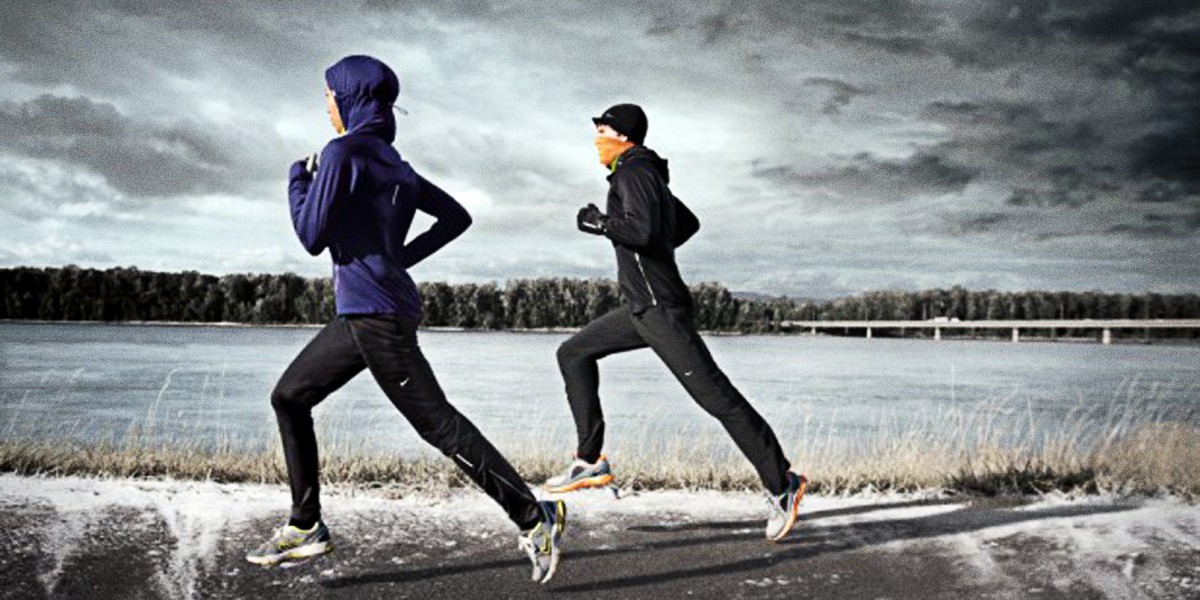As the leaves start falling from the trees and the temperature starts to drop, runners are forced to rethink what to wear for outdoor running. If you underdress, you will be cold and miserable; overdress and you can overheat in a hurry. To help you decide what to wear for your outdoor running, here are some tips:
- Dress for 15 degrees warmer – When deciding what to wear, take a look at the current temperature and add 15 degrees. For example, if it’s 30 degrees, dress in what makes you comfortable in 45 degrees.
- Dress in layers – Layering is beneficial for two reasons. First, layering will keep you warmer because warm air gets trapped between the layers acting like insulation. Second, in the event you do start to overheat, you can shed a layer to keep comfortable.
- Moisture wicking fabrics – These technical fabrics are designed to pull the sweat away from your body and push it through the clothing’s surface. This allows the moisture to evaporate and keep you dry.
- Running tights – Runners who wear compression tights will experience better circulation which help remove the lactic acid build up faster, therefore increasing the athlete’s endurance.
- Gloves or mittens – It’s not uncommon to see an elite marathoner wearing a pair of shorts, tank top and gloves on their hands. The hands (and feet) easily become cold because they are the furthest from the heart where circulation isn’t as good. Invest in several pairs of gloves of varying thickness. Consider a pair of mittens on colder days where the fingers stay together and will keep warmer.
- Light hat – Much like the hands, the ears also can get cold fast, particularly in the wind. Covering your head will help keep the heat trapped in your body. Be sure you purchase a hat with moisture wicking properties.
- Neckwarmer – On particularly cold days, you may want to consider a neckwarmer. This handy article of clothing can be pulled up over the chin and mouth when the air is very cold to help protect the lungs. If you start to get too warm, you can always pull it down off your face or even take it completely off your head and wrap it around your wrist if you need to carry it to the end of your run.
- Wind Protection – The windchill can make a 40-degree day feel like 20. Moisture wicking fabrics do not act as wind protection, so consider wearing a light shell vest or jacket. In addition to protecting from the wind, the extra layer will keep that heat trapped in and provide added warmth.
If you are new to winter running or are just looking to add a few pieces to your apparel, check out this list of 10 Places to Buy Winter Running Clothes. This list was compiled after surveying a few random groups of runners in the Chicagoland area.
Train Right, Tri Right!
Coach MJ







